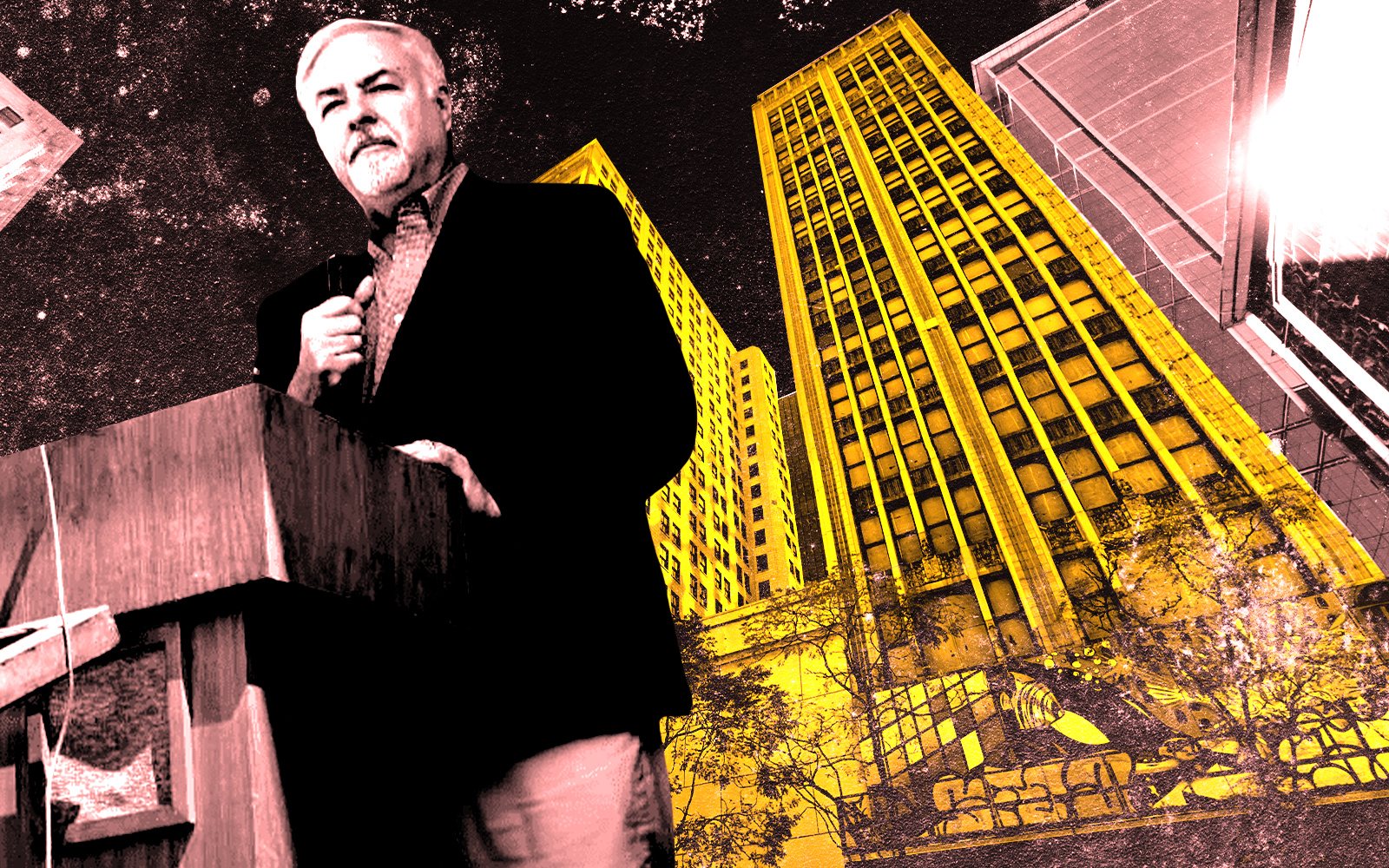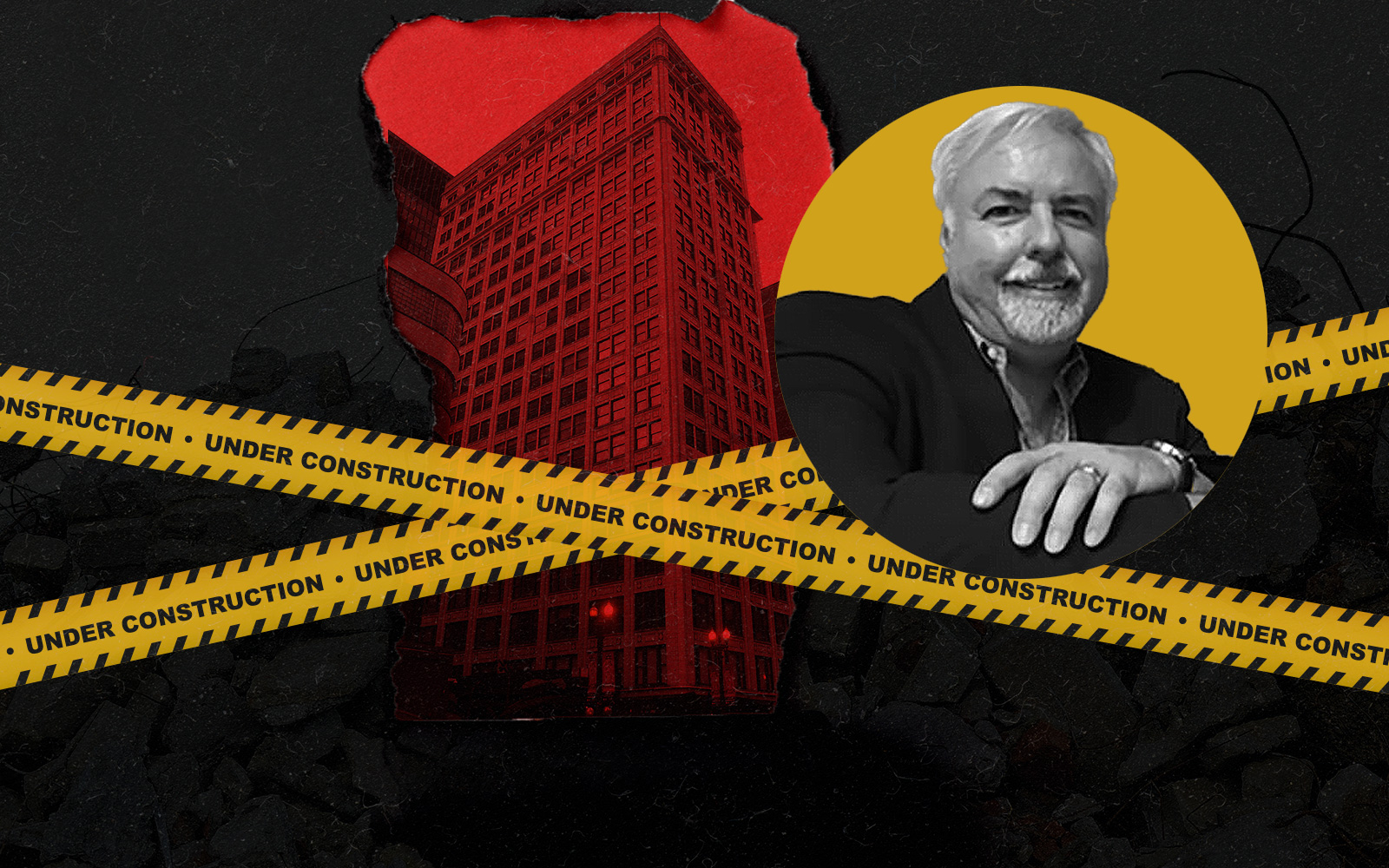A federal agency’s report on what to do with two historic State Street towers minimized the downside of demolishing them, preservation advocates and downtown residents argued at a hearing Monday in a bid to keep the buildings standing in downtown Chicago.
The U.S. General Services Administration is soliciting public comments on its draft environmental impact statement that analyzes razing versus repurposing the 16-story Century Building and the 22-story Consumers Building.
The federal government seized the landmark terracotta skyscrapers, as well as a building between them that is set to be demolished, after a bomb threat was aimed toward the nearby Dirksen Federal Building in 2004.
Now, with the buildings mostly vacant since 2005 and the government’s decreased need for office space, there’s a conflict between its stated need to protect the Dirksen building from threats and the push for preservation in front of the backdrop of downtown Chicago’s distressed commercial real estate market.
“Our need for space has diminished but our need for security has not,” Rebecca Pallmeyer, chief U.S. district judge of the Northern District of Illinois and chair of the Dirksen building’s security committee, said.
Though officially no decision has been made on the buildings’ future, Congress appropriated $52 million for the buildings’ demolition last year, and there are no federal funds available for adaptive reuse.
Still, Kendra Parzen, advocacy manager for preservation group Landmarks Illinois, said the group was “pleasantly surprised” by the draft’s findings that demolition would have negative impacts and adaptive reuse would have positive effects.
“How can demolition of these buildings remain on the table when adaptive reuse is clearly the preferred alternative from the environmental perspective?” she said.
Other preservation advocates and downtown residents said the report failed to mention the full negative environmental impact of demolition, including distributing the waste material. It also didn’t correctly weigh the significance of the buildings to downtown, they said.
“The proposed demolition will create a severe adverse effect, not a moderate impact,” Ward Miller, the executive director of Preservation Chicago, said.
Read more



